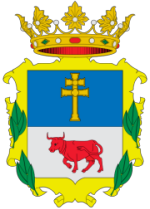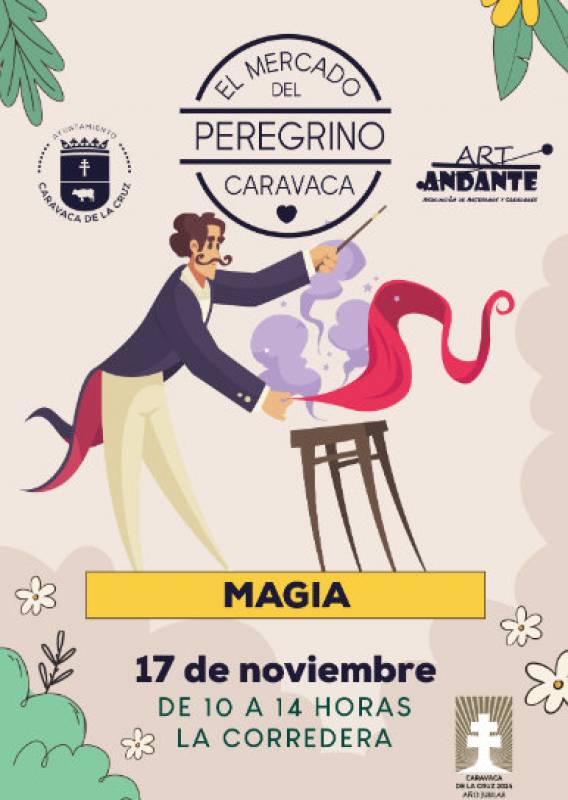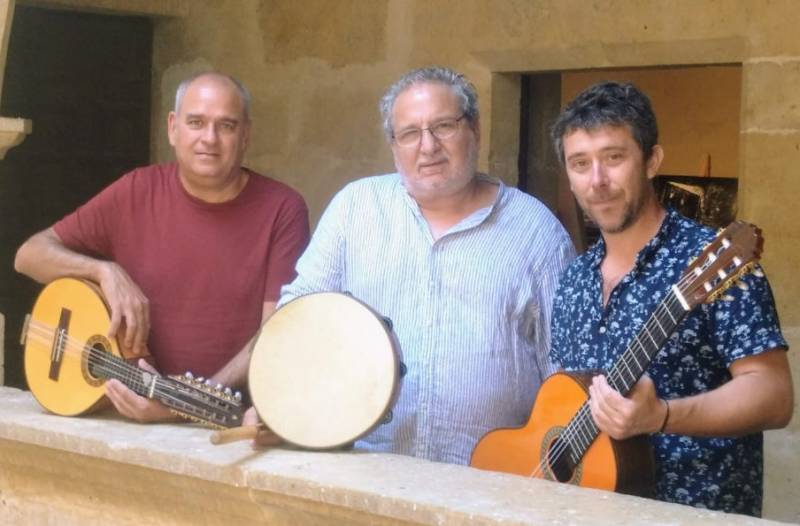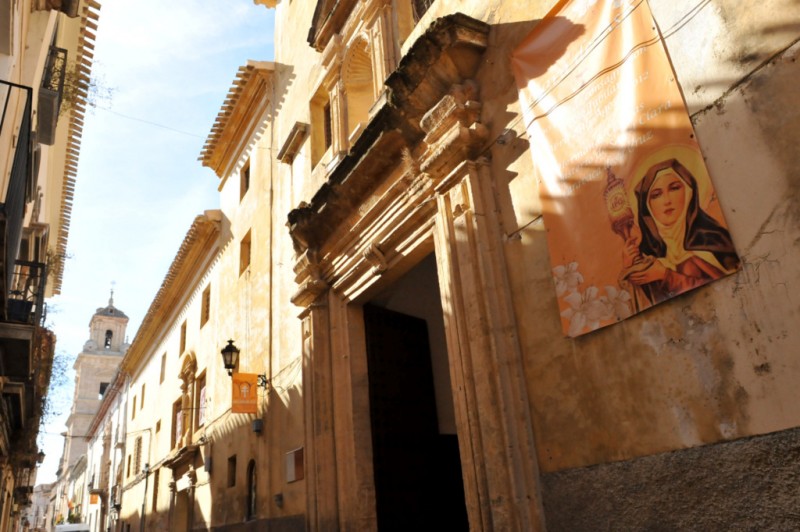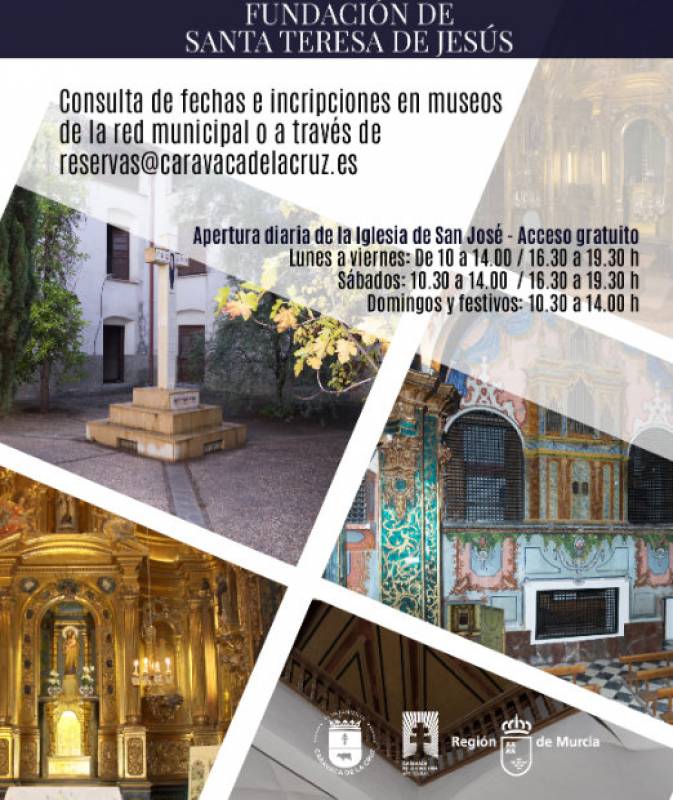

Guidelines for submitting articles to Hacienda Riquelme Golf Resort Today
Hello, and thank you for choosing Hacienda Riquelme Golf Resort.Today to publicise your organisation’s info or event.
Hacienda Riquelme Golf Resort Today is a website set up by Murcia Today specifically for residents of the urbanisation in Southwest Murcia, providing news and information on what’s happening in the local area, which is the largest English-speaking expat area in the Region of Murcia.
When submitting text to be included on Hacienda Riquelme Golf Resort Today, please abide by the following guidelines so we can upload your article as swiftly as possible:
Send an email to editor@spaintodayonline.com or contact@murciatoday.com
Attach the information in a Word Document or Google Doc
Include all relevant points, including:
Who is the organisation running the event?
Where is it happening?
When?
How much does it cost?
Is it necessary to book beforehand, or can people just show up on the day?
…but try not to exceed 300 words
Also attach a photo to illustrate your article, no more than 100kb

article_detail
The Church of El Salvador in Caravaca de la Cruz
The second most important place of worship in Caravaca
The parish church of El Salvador in Caravaca de la Cruz (Parroquia de El Salvador) plays an important part in the Holy Jubilee celebrations which are held every seven years in the city, and is the second most important place of worship in Caravaca after the Basilica-Sanctuary in which the fragment of the Holy Cross of Caravaca is kept.
Outside the Holy Year it is the only church apart from the Sanctuary itself which is open to visitors on a regular basis.
This is one of the most important and majestic Renaissance churches in Spain, with soaring star shaped ceilings held up by four extraordinary Ionic columns, each one more than 1.70 metres in diameter.
Although at first glance the church appears balanced and harmonious, a quick look at the corner by the main entrance door reveals that in fact it was never finished and is actually only half the size originally intended.
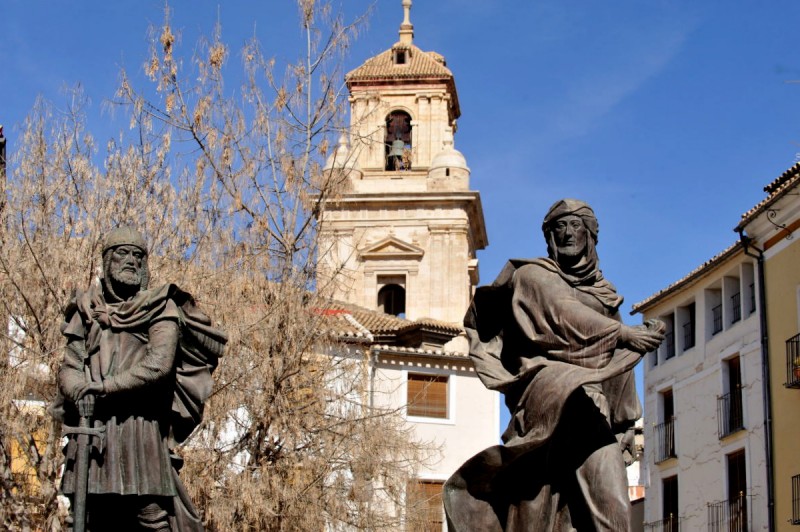
The history of the church
This was only the second parish church of Caravaca de la Cruz, replacing a small place of worship dedicated to Santa María la Real which was located inside the castle walls behind the city. There had previously been another church bearing the same name on the site of the Iglesia de la Soledad (now home to the archaeological museum), and this is known to have already been completed when Caravaca was placed in the hands of the Order of Santiago in 1344.
The marriage of Isabella I of Castile to Ferdinand of Aragón, commonly referred to as “The Catholic Monarchs”, unified moist of Spain for the first time and after the couple successfully ended the 500-year Moorish occupation of the Peninsula through a gradual “Reconquista” of occupied lands, culminating in the recapture of Granada in 1492, land was re-distributed causing large-scale population displacements. As part of this, the population in Caravaca increased by around 480% in a 30-year period at the end of the 15th and beginning of the 16th centuries, as the area no longer lay on the dangerous frontier between the Nasrid Kingdom of Granada and the Kingdom of Murcia, which had been "reconquered" by the Crown of Castilla in 1243.
After a decade of attempts to repair the old church, owned by the Cofradia Hospitalaria de San Juan de Letran, the population influx finally dictated that am entirely new building was required, and the plans to build the Iglesia de El Salvador were signed off in 1534. Construction began two years later.
Architect Jerónimo Quijano was probably involved in the design, due to the similarities between this building and others such as the church of San Juan in Albacete, but no proof of his having been in Caravaca during construction has been unearthed. Work was overseen by Martín de Homa in the first phase of construction before activity slowed down in the 1550s and 1560s, replacing the three naves, small vaulted chapel, and several smaller side chapels with a more ambitious construction. Between 1537 and 1539 work continued apace, constructing the four side chapels we see today, the altar, the sacristy and the main body of the church.
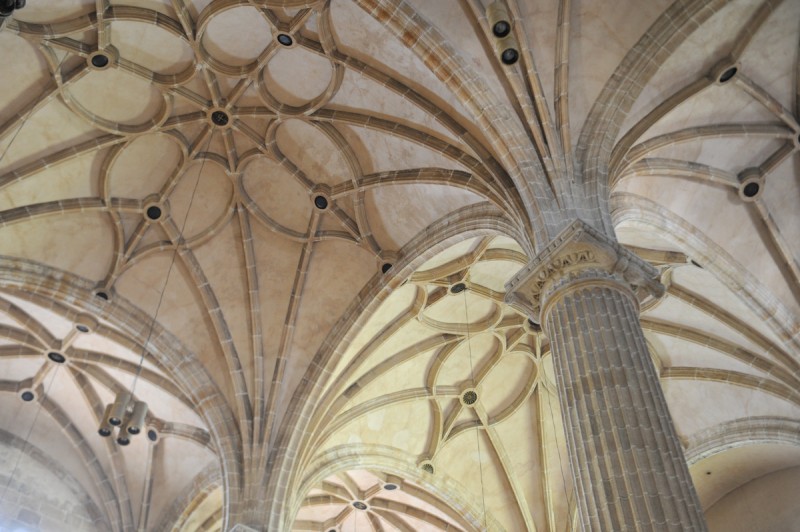
There was another big push on the structure between 1557 and 1567, but then funds ran low and the realization dawned that there was insufficient money available to complete the build as per the amplified plans.
Popular legend reports that the lack of money caused a significant disagreement between the Bishop of Cartagena and the Order of Santiago, who controlled the area, the Knights refusing to part with any more money to complete the build. Determined to get their money, the Bishop and residents of the town appealed directly to the King, asking for permission to raise funds through leases, permission which they obtained and enacted. This enabled them to kick-start the project in 1575 under the supervision of Pedro de Antequera, who brought it almost to completion. But almost as soon as that stage was reached work stopped again until the Town Hall suddenly showed an interest in completing the interior and the ceiling in 1597, completing a closed structure on a much tighter budget, and on a slightly smaller scale. This can clearly be seen when looking at the corner where the exuberant arches finish, and a plain, simple wall completes the structure.
This also explains the austerity of the external finishing; the planned principal entrance was never constructed and the entrance we see today was not intended for the purpose which it now fulfils.
The main block of the construction we see today concluded in 1600, and the tower was finally completed in the mid-18th century.
Although it had not yet been completed the church was home to the relic of the cross from 1571, when it was brought from the Iglesia de La Soledad, until 1703, when the Basilica was completed.
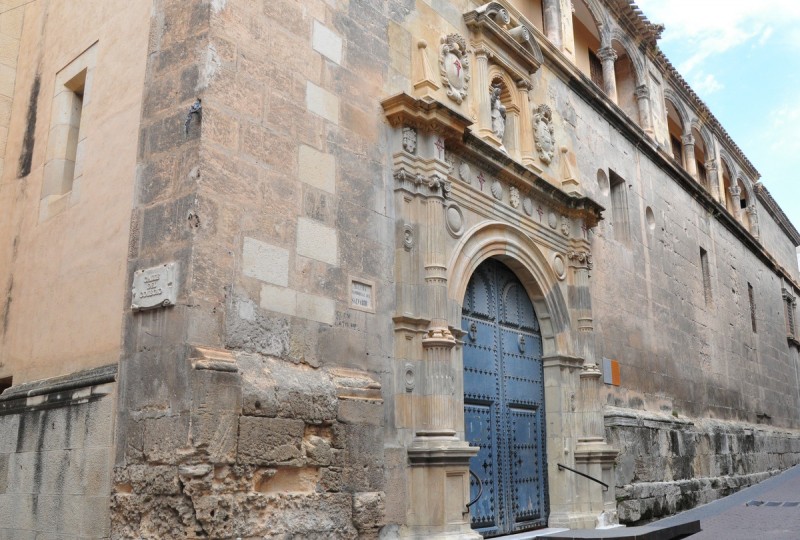
Architecture
It may not be a complete work, at least according to the original plans, but the church of El Salvador is a fine example of Renaissance architecture as it was interpreted in Murcia, and features four ionic columns of almost two metres in diameter to support the vaulted roof. There are seven side chapels, three in the “Epístola” nave and four in the “Evangelio” side, all of them originally funded by noble families of Caravaca. The church has two sacristies, one on either side.
The baroque altarpiece is the work of José Sáez, and was originally housed in the former church of the Compañía de Jesús, and there are also numerous works of religious art.
What is now the main entrance to the church (originally it was built as a side door) is in the form of a triumphal arch, and is similar to other doorways found in Cehegín, Letur, Sax, Orihuela and Granada. In the niche above it is a baroque image of the Saviour between two ionic columns.
The exterior decoration includes numerous shells (the scallop shell is widely recognised as a symbol of pilgrimage) and representations of the crosses of Caravaca and Santiago, as well as the coats of Arms of the Order of Santiago and the Concejo (old Town Hall) of Caravaca.
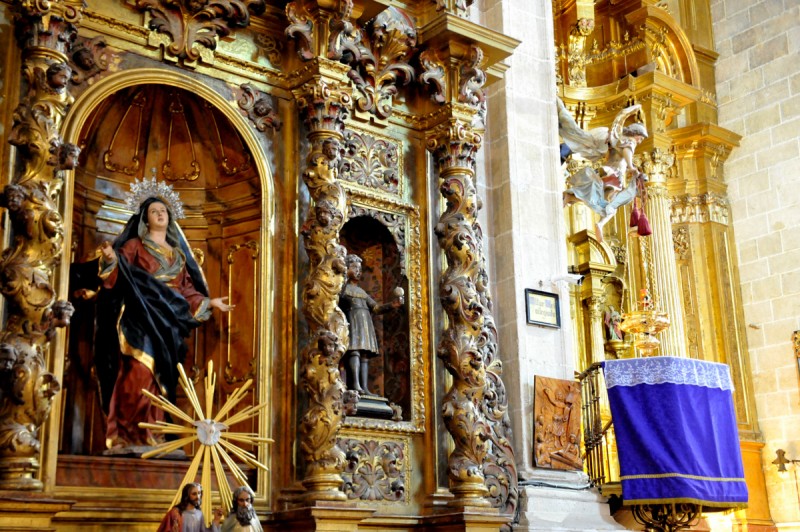
Religious art in the Parroquia de El Salvador
Among the religious sculptures housed in the Iglesia del Salvador are “La Dolorosa”, which was created by the school of Murcia master sculptor Francisco Salzillo, “El Cristo del Prendimiento” and “San Pascual Bailón”, by Marcos Laborda, and “La Piedad” by Roque López, as well as other images representing San Jerónimo and Santa Isabel.
The gold leaf work includes the main cross (the “Cruz Mayor”) and the “Custodia del Corpus”, and the superb wrought iron work closing off some of the side chapels is by Ginés García, and dates from the early 17th century. Sadly, further pieces of wrought iron work disappeared during the disturbances prior to the Spanish Civil War.
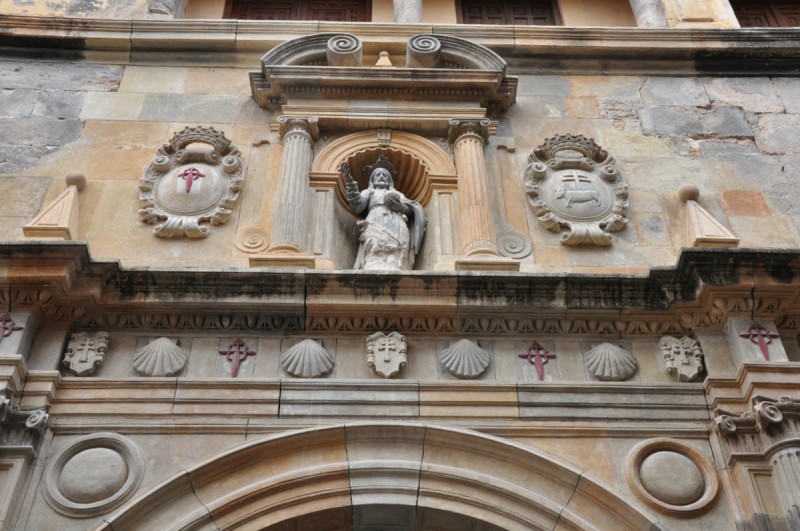
Mass times
Normal opening times are from 11.00 to 13.30 and from 17.00 until after evening Mass.
Mass times in summer (May 6 to Septe,ber 14) are weekdays 20.00, Saturdays 8.30 and 20.00, Sundays and religious holidays 12.00 and 20.00.
In winter the times are weekdays 19.00, Saturdays 8.30 and 20.00, Sundays 12.00 and 19.00.
Additional services are held during Holy Jubilee Year.
The church is the main meeting point for pilgrims wishing to complete their pilgrimage together. This “estación jubilar” takes place at 11:30am prior to mass in the Basilica at 12 midday. Prior reservation should be made for groups wishing to attend, as this is particularly busy during Holy Year celebrations every seven years.
Click for further information about Caravaca de la Cruz including the Holy Year, What's on and what to visit
Location
The Parroquia de El Salvador in Caravaca is just a few metres north of the Plaza del Arco: see map for exact location.
Loading
article_detail
Contact Murcia Today: Editorial 000 000 000 /
Office 000 000 000



